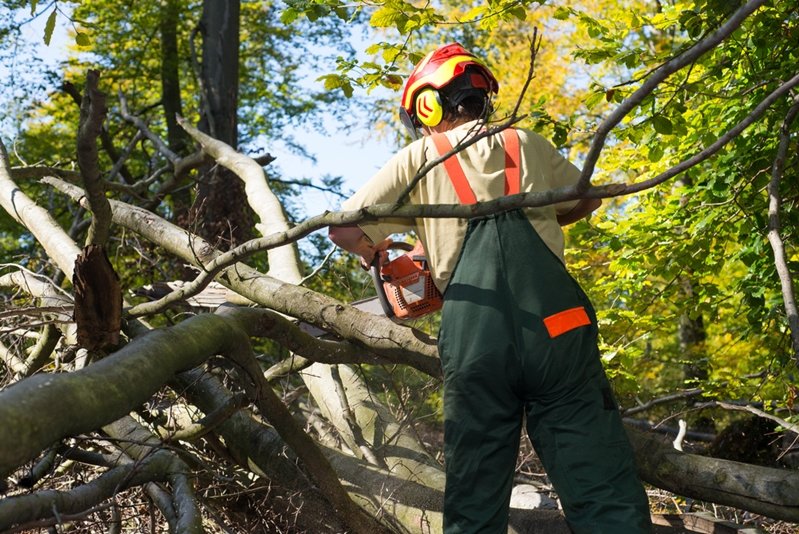A Guide to Identifying and Addressing Tree Removal Hazards

Identifying and Addressing Tree Removal Hazards
A tree that presents a hazard to people or property needs to be removed as soon as possible. Hazardous trees can have damaged limbs or trunks that could break and fall.
A skilled arborist will be able to identify the signs of danger that need immediate attention. Visual clues include advanced decay, large cavities and cracks in the trunk of a tree.
Assessment of the Situation
Trees are an integral part of a home or business landscape, but they can also pose serious hazards when they’re diseased or damaged. Emergency tree removal services are needed to remove these potentially hazardous trees and prevent injuries or property damage to people or objects.
A professional tree service should perform a survey of the entire site to determine the best approach for removing a specific hazardous tree. This includes identifying any nearby structures, power lines or obstacles that should be taken into consideration.
Taking care of a damaged or dying tree in a timely manner can significantly increase a home’s value by addressing safety issues, improving landscape appearance and speeding up the sale process. However, the most obvious reason for hiring a tree removal company is when a dangerous or unsightly tree presents an immediate threat to the safety of people and property.
Hazardous Tree Identification
Many dangerous trees are obvious, but some are not. A tree can be considered hazardous if it is leaning, tilting, displaying cracks or other signs of damage. It can also be considered a safety risk if it is overgrown with branches or roots extending over roofs, power lines or other trees.
A poorly balanced crown, heaving soil or mushrooming at the base of the tree are also signs that it needs attention. If a tree has multiple defects or issues it should be removed as soon as possible to avoid physical injury and property damage.
Some hazardous trees may need to be cabled and braced, but if these efforts fail the best option is removal. FEMA will reimburse local governments for some hazardous tree removal during declared disasters, but this support is limited and only covers the cost of the removal.
Safety Gear and Equipment
Trees are a huge asset to our landscape, but they’re also a dangerous one. When a damaged or diseased tree is close to, over, or leaning on a house or power lines, it becomes an emergency situation that requires professional attention.
Calling in a skilled tree removal company is essential in these cases. They’ll be able to help assess the situation and get the job done quickly and safely.
Most homeowner’s insurance policies cover emergency tree removal services. Make sure you consult with your insurance provider to find out if this is the case for you. They’ll be able to guide you through the claims process and ensure that you’re getting the maximum financial assistance available. This will help you avoid paying for the service out of pocket.
Communication Plan
Homeownership comes with a lot of responsibility and unforeseen events can happen. When a tree is damaged, it’s important to contact an emergency tree service to remove the debris and assess the damage.
It’s important to communicate with neighbors and nearby businesses when a company is on your property for a job. This will ensure they’re aware of your work and can reduce any issues that might arise.
While proper care can help to prevent some of these emergencies, there are times when a tree becomes dangerous due to its age or external factors. When a tree is compromised, it can fall unexpectedly, causing severe damage and putting lives at risk. Having an emergency tree service on speed dial can save lives, minimize property damage, and restore safety.
Power Line Considerations
Trees in close proximity to power lines can cause a disruption in service or even pose an immediate danger. Before beginning any work near a power line, you should contact the utility company to make arrangements for de-energizing or shielding the lines during your work.
It’s essential to have the help of a certified arborist to avoid dangerous situations. They can determine the safest methods to remove a tree, including trimming branches or completely felling it.
When choosing a tree removal service, consider their credentials, experience, specialized equipment and safety measures, cost, and availability. This will ensure that they can respond to your emergency quickly and efficiently. Regular inspections and maintenance can also reduce the risk of future problems. They can include pruning and weeding around the tree, providing the proper clearance for power lines, and reducing soil compaction.